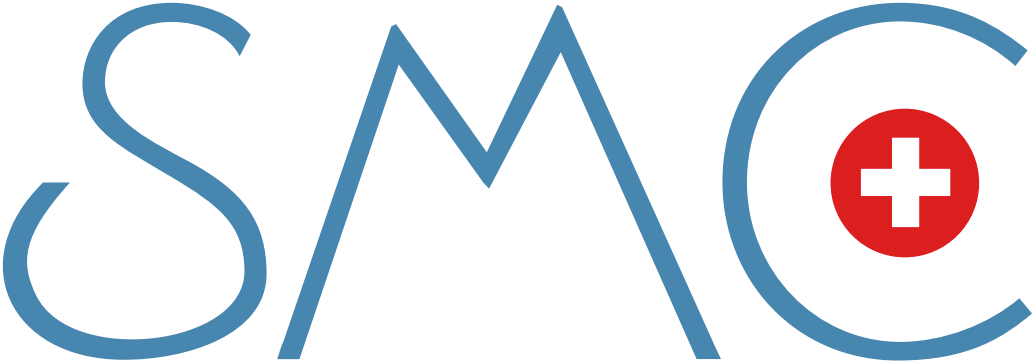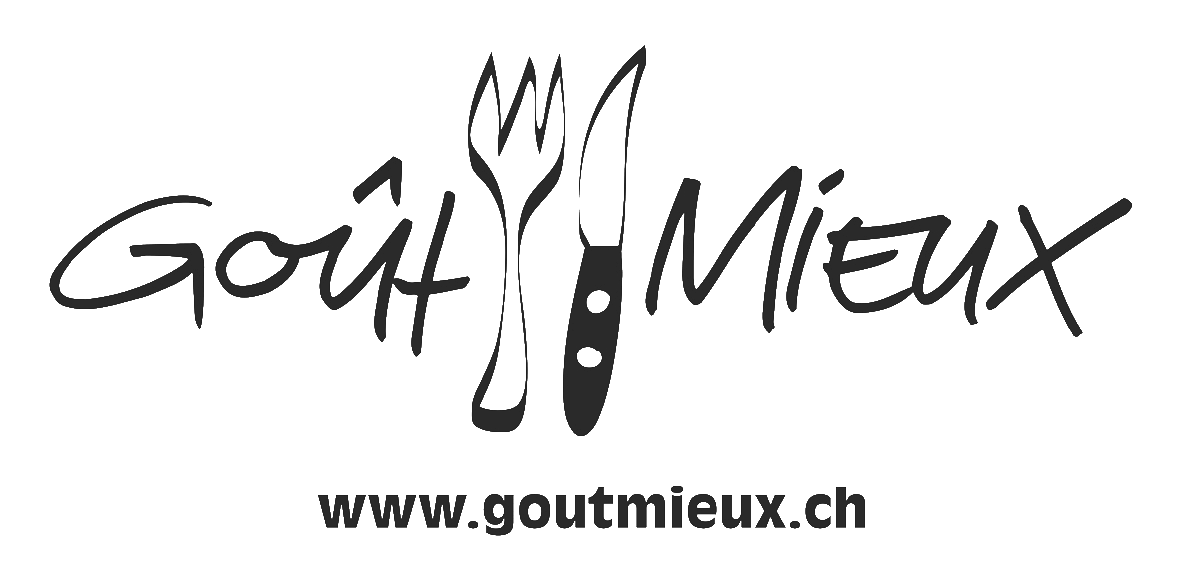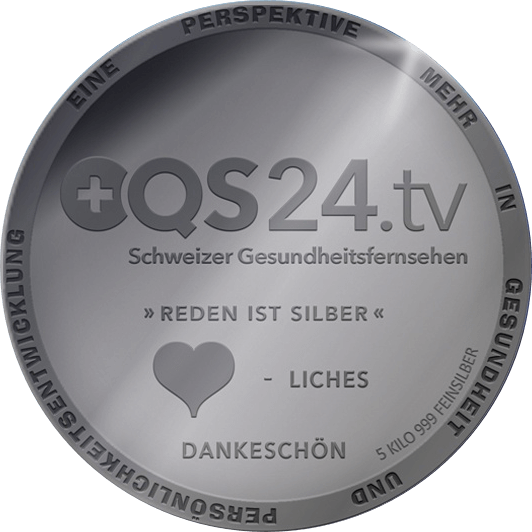Phlebotomy today – a multifacted therapy
In order to rescue someone in an emergency situation, phlebotomy is made use of against lung oedema or a threatening stroke. Treatment with phlebotomy in case of concussions, basal skull fracture and contusions of internal organs is also part of emergency medicine!
The most common use is to provide relief to the blood circulation and heart. A subjective feeling of split second calmness and exoneration as well as the feeling of long lasting wellbeing are some of its reactions. Headaches fade away and any pressure on heart is released. Phlebotomy can be of great use in the event of bleeding in the body: ranging from bleeding in eyes, kidney/lungs and nose/skin to venous congestion and cramps in legs and pelvis region. Phlebotomy is useful, in particular, in case of accumulation of excess metabolic wastes similar in the body such as uric acid.
This healing method, which has been discarded with the medical curse word ''medieval'', not only helps reduce the blood pressure but is also a panacea for all kinds of diseases. Phlebotomy is more of a stimulating procedure which also counteracts anaemia by increasing blood formation in the body.
Of course, there are also some contraindications in case of phlebotomy. If one feels weak or suffers from hypotension (drop of pressure in blood vessels), there is a danger of collapsing. The doctor also checks whether phlebotomy is the right choice in case of low blood pressure, anaemia or pregnancy or not. Blood withdrawals should be avoided during menstruation; even in case of diarrhoea, caution is needed.
Phlebotomy should only be carried out by trained personnel. Self-treatment is ruled out. Moreover, it is quite clear that it cannot be carried out for haemophiliacs.
The tool used for phlebotomy is lancet which is a symbol of early therapists. The German tenderloin used a similar tool with a certain design on its side as early as in the 12th century, which was inserted into the vein by being knocked against the finger. The phlebotomy scarificator came into fashion which was easy to handle. Its ease usage was attributed to vampirism of earlier eras.
The blood withdrawal in level position not only eases the technique but also provides protection from indisposition and fainting. Bed rest is also recommended immediately after it. After blood is withdrawn, immediate fluid intake (mineral water, juices or herbal tea) is recommended in order to balance out any loss of fluid. The barber surgeons in the past used to believe: The more blood is withdrawn from the body, the more spirits of disease leave the body. Yet: One quarter of blood is sufficient enough to lead to disappearance of the symptoms related to full-bloodedness (faintness, nasal bleeding, dizziness). Associating a horror image with such blood amounts is not appropriate. The venesection may be replaced or complemented by leeches or cupping. For the head region, leaches may be used whereas in the back area, cupping glasses are used.
Praxis
The classical area for phlebotomy is the arm vein. Here, with the help of a canola or syringe, blood is slowly withdrawn. Here, the amount is not a big matter. Normally up to 100 to 200 ml may be withdrawn per venesection. (For comparison: The body of an adult person contains around five to seven litres of ''lifeblood'').
During the blood withdrawal, a small pressure gradient arises leading to flow of tissue fluid out of the tissue region into the vascular system and in this way, phlebotomy has a decongesting, detoxifying and regenerative function. We prefer the week after full moon for phlebotomy. At this time, the body responds promisingly well to this blood withdrawal procedure.




